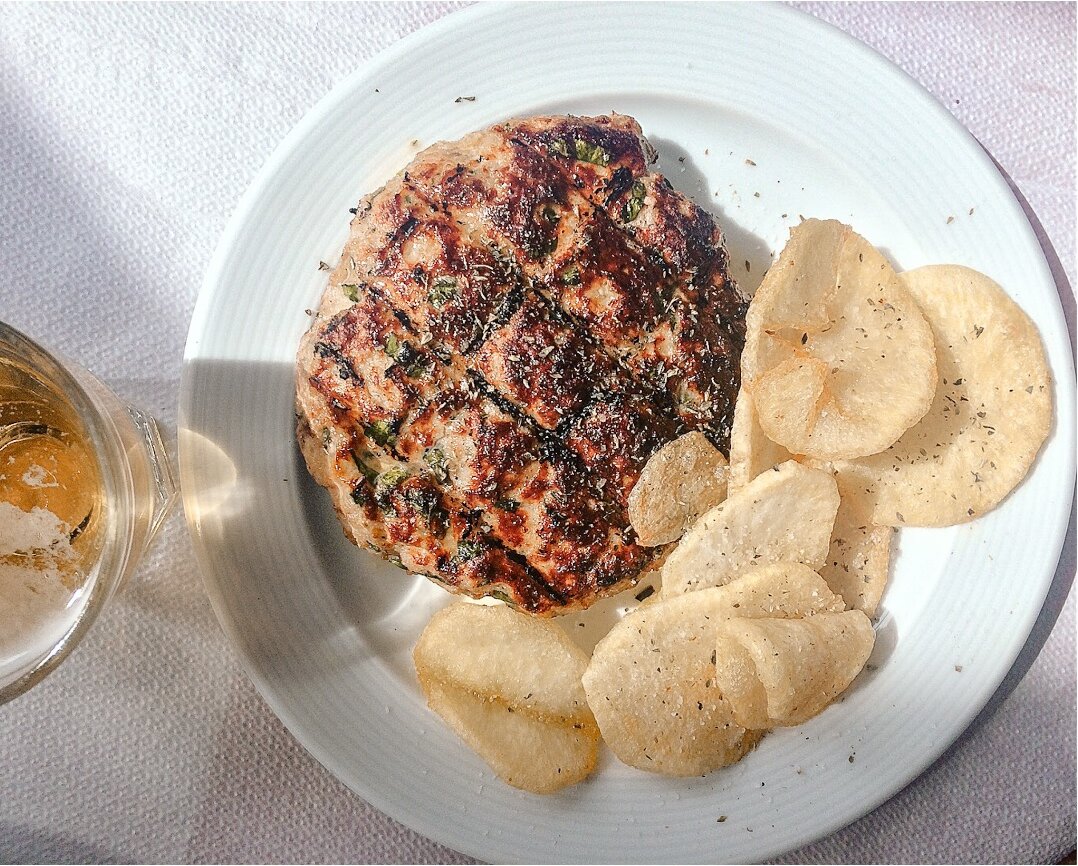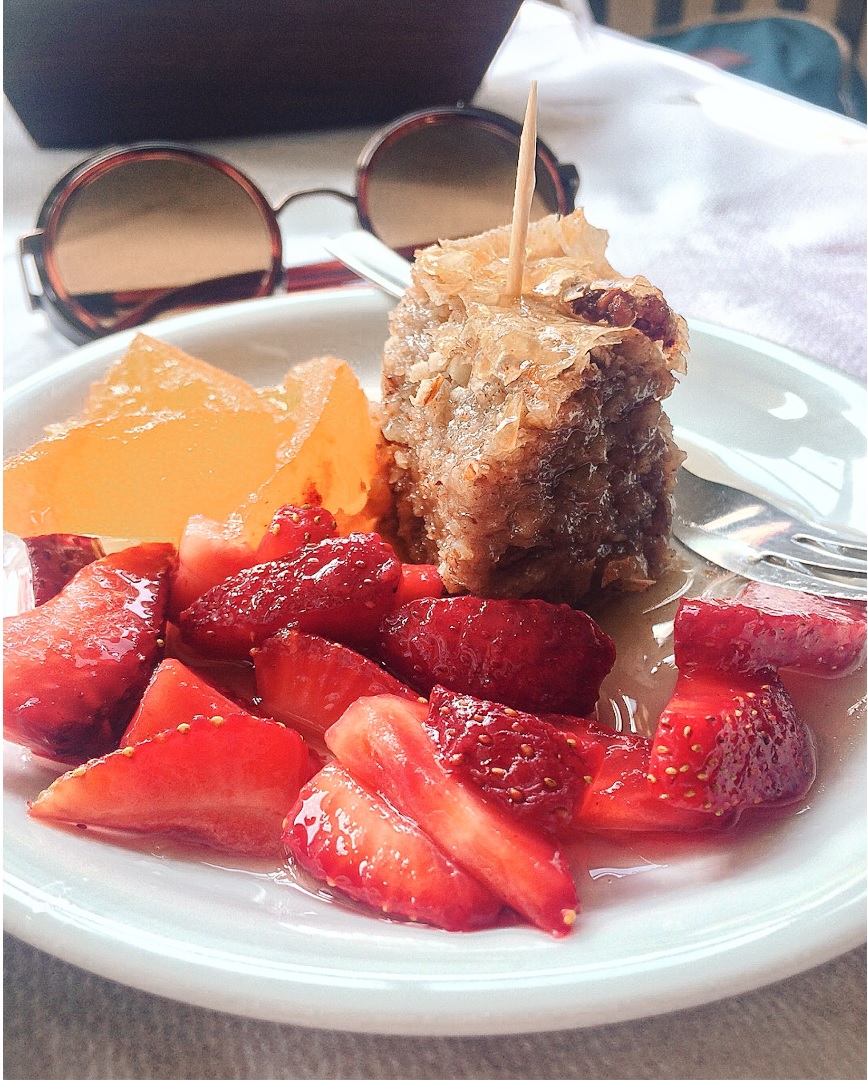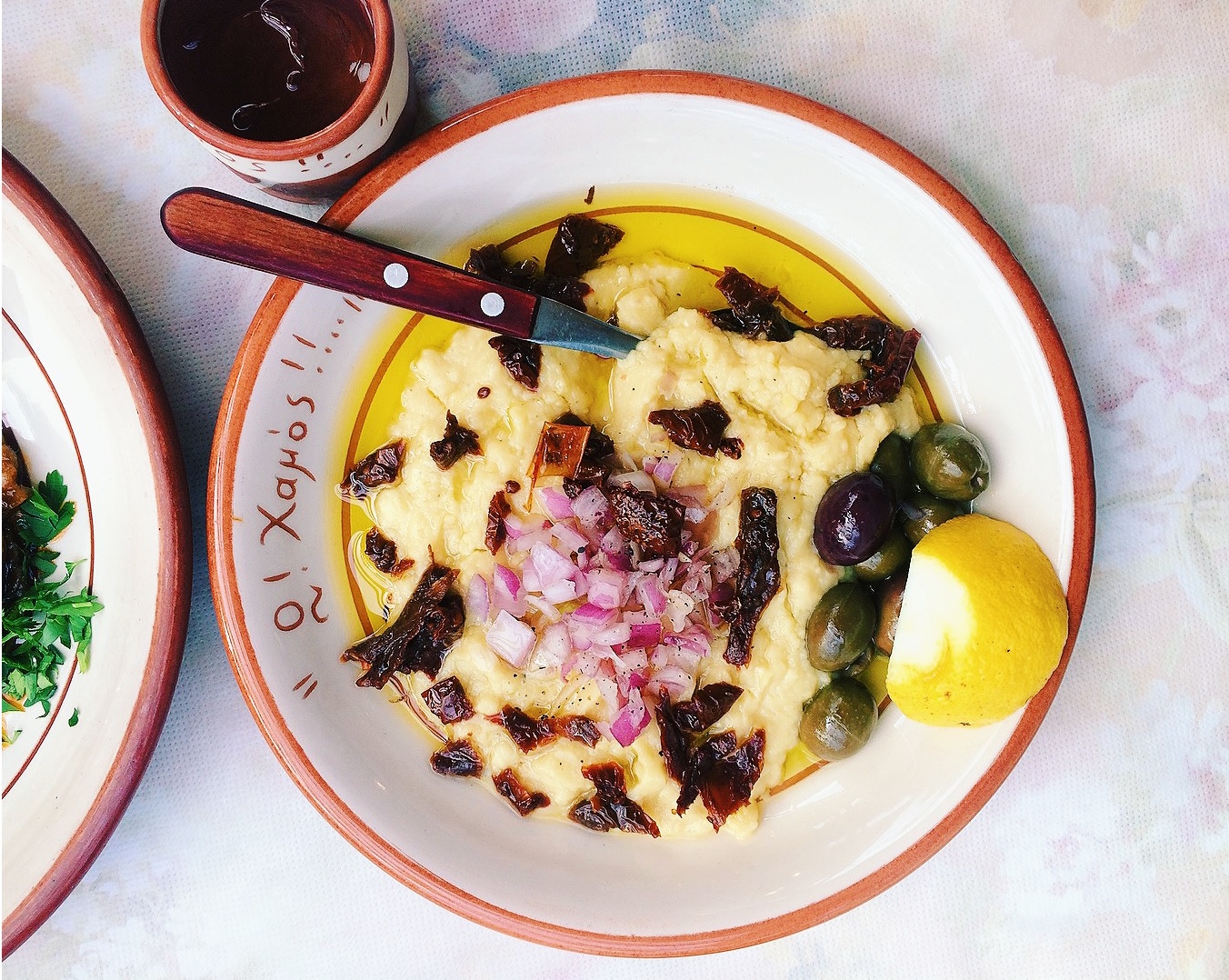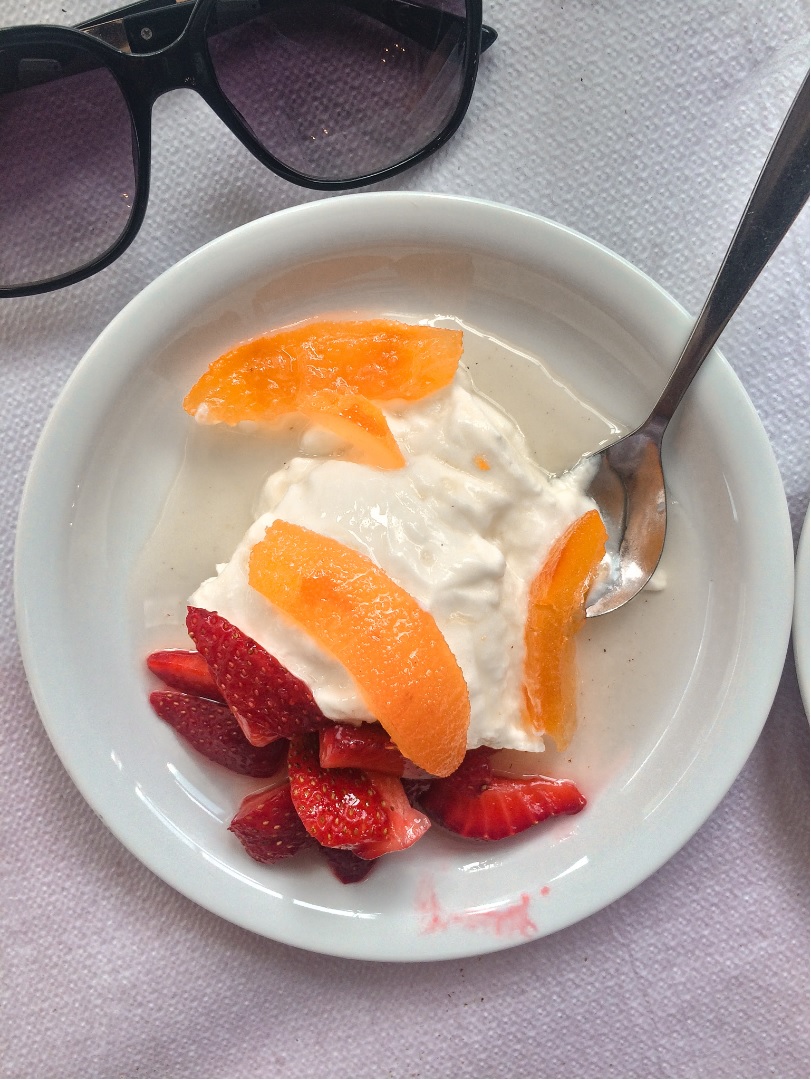Good travel is the sum total of many parts, and food is, without an absolute doubt, one of them. That’s exactly why, when I find the opportunity to recommend a travel destination to family and friends, I include food as one of the top reasons to visit Greece. The mere thought of a warm filo pastry with a mizithra cheese stuffing and a cup of dark Greek coffee can bring back near-perfectly preserved memories of sights, sounds, and aromas from my time in the country, so you can only imagine actually feasting on the dishes of Greek cuisine! 🤤



Greek cuisine is known to have developed from the country’s deep-rooted history, sprinkled with cultural and geographic influences from within and across its borders. In fact, while the base ingredients for a dish may remain the same across the country, each area brings certain unique ingredients and prep styles to the mix, marking out differences in the final dish – some distinct, some subtle. It used to take me by surprise how protective the Greeks are of their recipes, but after tasting some of their food, I could see why they wouldn’t want to share – why risk anyone sullying or ‘modifying’ what is already so delicious?
You can’t just eat good food. You’ve got to talk about it too. And you’ve got to talk about it to somebody who understands that kind of food.
Kurt Vonnegut
On that note, here’s a guide to Greek cuisine spanning dishes that I believe anyone who has ever considered themselves a foodie should try when in Greece (or if you’re up for it, maybe whip them up at home!).
Baklava
Are we seriously starting off with a dessert? Um, yes! 😀
Full disclosure – your girl isn’t the biggest fan of desserts, more so of filo-pastry ones. So something like the baklava would never be on my radar. In comes Greek baklava, so decadently moist, dripping with honey, zero flakiness, and absolutely divine, it’s enough to convert even the most hard-core of the anti-dessert movement, and for the weaker ones such as myself, it makes us dive in for second helpings.

The best baklava in Greece
I don’t think this would be too hard, but you won’t go wrong with the baklava at Taverna Dion in Delphi.

Dakos
A relaxing swim in the seas of Greece calls for a delicious snack after. If you’re looking for something that’s light yet packs the punch after Phelp-ing around, Dakos is the snack for you. A delightful Cretan meze fare, dakos consists of soaked dried bread or barley rusk as the base, topped with chopped tomatoes and crumbled feta or mizithra cheese, and seasoned with dried oregano, pepper, and olives. Think of it as a sibling of the bruschetta but with a bit more going on.

The best Dakos can be found in
Crete, for obvious reasons. Other regions in Greece whip up pretty good renditions of dakos, such as Fatses in Milos. A serving of dakos with crispy beer sounds about right for an evening on the weekend.

Falafel Wrap
The best way to explore Greek food is via its streets. What makes this better is how pocket-friendly Greek street food is (cue cha-ching noises).
The humble Middle-Eastern falafel gets a slight up-do as it rests on a bed of lettuce, topped with veggies or meat, and a sauce of your choice, all snugly wrapped in the embrace of warm pita bread. The falafel wrap is such a versatile street food, it works as a snack and can double up as the mains to your lunch.

Where can I get a good falafel wrap?
The streets, no doubt! The best and cheapest foods are found across the streets of Greece. The falafel wrap that stole my heart was from a busy street shop in Athens named Falafellas. Swapped the meat for fried aubergine, and picked up a ginger ale to wash it down, and it made for the best lunch after a long day in the sun at the Acropolis!

Fava
Is there anything better than a warm and comforting bowl of fava? Yup, there is. Fava in Greece. 🙂
Fava is a traditional Greek preparation made from yellow split peas, and for someone who’s grown up on a staple of dal-rice, fava is comfort food at its finest. The final form is a smooth and creamy purée, flavoured with onion and sometimes sun-dried tomatoes, and served with olive oil. Trust me, this dish does not fail to please the taste buds, whether served as a meze at room temperature, or as warm mains.

Finding the best fava in Greece
Since fava is an authentic Greek cuisine staple, you will find it in almost every Greek restaurant, whether traditional or contemporary. Your best bet at finding good fava is at locally-run eateries and restaurants that source fresh produce native to the area (some even grow their own ingredients). If you are in Milos, try out the fava at O Hamos, a family-run taverna with a beautiful view of the Papikinou beach.

Greek Salad
When in Greece, have a salad!
If you’re a sucker for uber-fresh veggies, the Greek salad is what you ought to turn to, to satiate your craving for that produce-aisle freshness. The seemingly humble salad is one of the most palatable Greek cuisine preparations you can savour – the vegetables are supremely fresh and crisp, the cheese is to die for, and the olive oil dressing is a fitting blanket on the whole production.

Hunting for the best Greek salad?
I’ll never tire of saying this – go local. Family-run restaurants are where you will find the freshest bowls of salad. Local ingredients really are make-or-break for Greek salad. Taverna Dion in the small mountainous village of Delphi serves this simple-yet-delicious ware as part of its meal combo and a la carte.

Gyro
If street food were high-school students, the Gyro (pronounced yeero) would be the jock – popular, and good at what it’s supposed to do – fill your tummy. Gyro is not just loved for its affordability, but also because it is insanely delicious! Dig into this filling dish made of meat (pork, chicken, or lamb) cooked on a vertical rotisserie, and wrapped in a pita, with tomato, onion, potato fries and tzatziki sauce for zero regrets and happy tummies.

Finding good gyros in Greece
Gyros are synonymous with Greece. Walk down a busy street in the cities, or take a stroll around alleys on the islands, and you will find that almost every food stall has the word GYROS plastered across its boards. You can’t go wrong with gyros from most locations, just make sure you don’t end up looking in a creepy alley.

Kontosouvli
This one is for all meat lovers. A super-filling rotisserie dish, Kontosouvli is what made us decide to stick to just one portion of any dish that costs above €5 because the portions are MASSIVE! With kontosouvli, you get large chunks of meat (chicken, pork, or lamb) marinated and skewered, and slow-roasted over an open charcoal pit.


Koulouri
Looking for a delicious breakfast on the go that doesn’t cost more than a Euro? Look no further than the Koulouri! These freshly baked Greek bread rings can be picked up from street carts and bakeries, and come with a variety of stuffings, sweet and savoury – jam, spinach, cheese, ham, turkey, and tons of vegetarian options.


Koufeto
Another dessert? From someone who’s dessert-indifferent?
Milos fascinated me in many ways, especially with the food. Koufeto is one of the island’s specialities – a traditional dessert made with white almonds and wild honey and has a jam-like consistency. The decadent, bite-sized dessert also boasts white pumpkin and cinnamon.

Looking for some delicious Koufeto?
You will find this dessert at restaurants and bakeries in Milos. Make sure you take home a jar or two of koufeto to relive your time in this food lovers’ paradise.

Moussaka
Imagine a bed of creamy-yet-firm potatoes and sliced aubergine sautéed in olive oil, a layer of minced meat with puréed tomatoes, onion, garlic, and spices, topped with a layer of Béchamel sauce and baked to perfection. Such a rich dish, the Moussaka, that it is enough to be served as a meal on its own. Excuse me while I look up recipes to recreate this stunner of a Greek cuisine delicacy!

Getting your hands on the best moussaka
Finding good moussaka isn’t hard when you’re in Greece, simply because it is a staple Mediterranean casserole. You want to taste moussaka from an eatery that makes it fresh daily, using local cheese and fresh veggies, so by now you know what’s coming – look out for a family-run local restaurant. Also, ask around the neighbourhood.

Pitarakia
As if the sleepy island of Milos didn’t already have enough ways to charm us, its traditional cheese pie called Pitarakia is another feather on its cap. These Greek cheese pies come as pockets of soft golden pastry wrapped around a melting savoury cheese filling, mostly mizithra. They make for the perfect tea-time snack, best had by the ocean. 🙂

Finding the best pitarakia
A Milos speciality ought to be enjoyed in Milos, no? Try the pitarakia at Rifaki, a restaurant overlooking Pollonia beach.

Saganaki
Saganaki is the colloquial term given to dishes that are prepared in a small frying pan, also known as saganaki. There is a clear winner though – the Cheese Saganaki. A slice of hard cheese made from goat milk, called kefalograviera is soaked in milk and covered with a dusting of flour. The cheese is then pan-seared with olive oil until golden on both sides, and until the cheese has become soft. Sounds delicious? That’s because it is!

Finding mouth-watering Saganaki
How about trying out the Saganaki in Santorini? Every region adds its own stamp to this dish, mostly by using different cheeses. The cheese saganaki at Santorini’s Fratzeskos is as dreamy as the view of the Black Beach from the restaurant.

Seafood
You didn’t think I wouldn’t go on about Greek seafood now, did you?

One simply does not go to Greece and not have the seafood (unless one is vegetarian/vegan, of course)! Most tavernas and restaurants let you pick seafood from their fresh catch of the day. Have it baked, seared, deep-fried, in your pasta, drizzled with olive oil, dressed in lime juice, or sprinkled with salt. My point? Just have it!


Souvlaki
If the gyro is the jock of Greek street food, Souvlaki is the prom queen who’s also the student council president. Eaten straight off the stick or with pita, souvlaki consists of small pieces of meat (sometimes veggies too) grilled on a skewer and seasoned with spices or herbs. And like cats, it’s available on every street corner in Greece, so there is no way to miss out on this inviting fast food.


Tzatziki
If you’ve ever looked up Mediterranean recipes, you’d know that Tzatziki is a staple dip. But don’t be fooled by its commonality. Tzatziki is quite the delectable sauce, boasting origins in the Ottoman empire. Often served with grilled meats or as a meze, tzatziki is made from strained yoghurt, mixed with cucumber, garlic, salt, and olive oil. For extra pizzazz, ingredients such as lemon juice, dill, mint, or parsley are added. Scoop up a generous helping of tzatziki with a warm pita, and you’re good to go!


Greek Yogurt
Last but definitely not least – because this is one Greek preparation that is easily available across the globe – is Greek Yogurt. I mean, what’s a guide to Greek cuisine if it doesn’t cover Greek yoghurt?


Dreamily creamy yoghurt served with candied fruits is typically how it is had, although you do get a twist on this presentation thanks to build-a-yoghurt-box type of establishments where the customizing option makes it so much fun to add as many toppings and flavours as you want to your yoghurt box.


Now you can check ‘Have Greek Yogurt in Greece‘ off your list!

Greek cuisine reflects the warmth and pride of the local people who have made or somehow contributed to a dish. What it lacks in aroma, it makes up for in the integrity of its constituents and the final product – the ingredients are locally sourced, fresh and full of flavour, everything is cooked with the utmost care, and the portions are supremely generous. So while you may get into Greek cuisine intending to have a brief affair, don’t be surprised if you find yourself courting it, and introducing it to your own kitchens!

Food is our common ground, a universal experience.
James Beard







